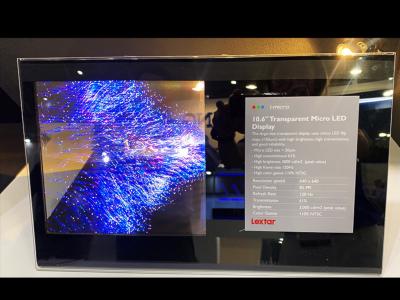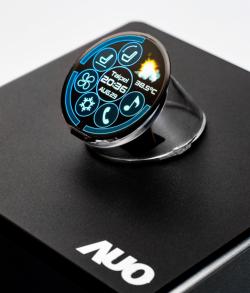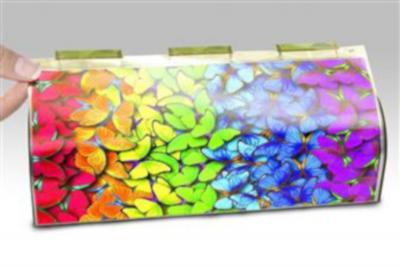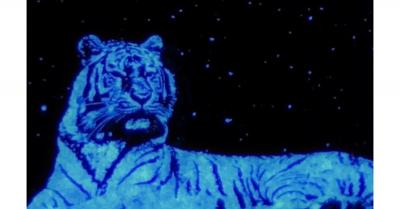Quantum Dots producer Nanosys acquires microLED display developer glo
Quantum Dots developer Nanosys announced that it acquired 3D Nanowire microLED display developer Glo. The financial details were not disclosed.
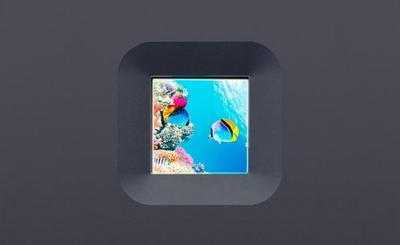
Glo has been developing GaN microLED displays on both LTPS and CMOS (microdisplay) backplane. The company, founded in 2003, has invested (according to Nanosys) over $200 million in its technology - which includes epitaxial LED growth, transfer technology and chip processing.
